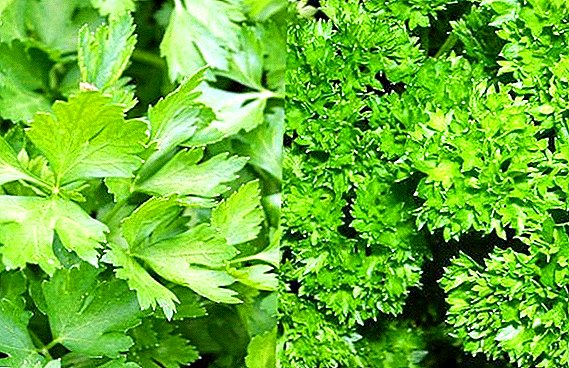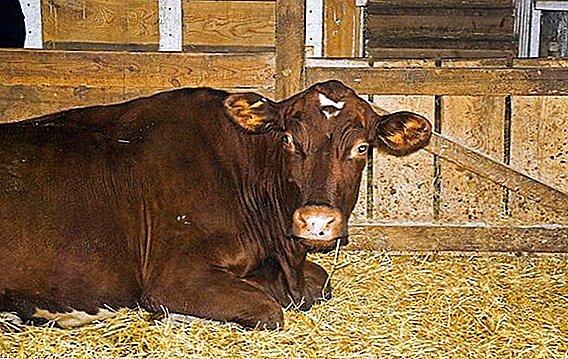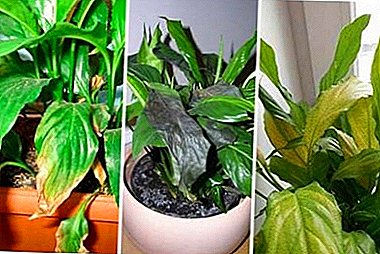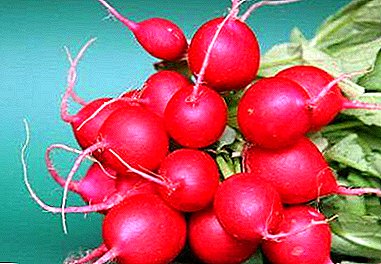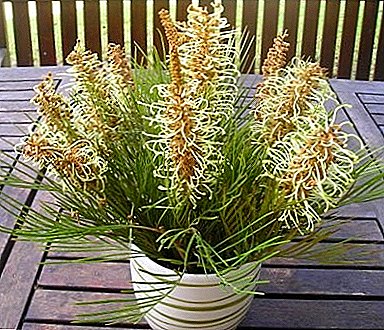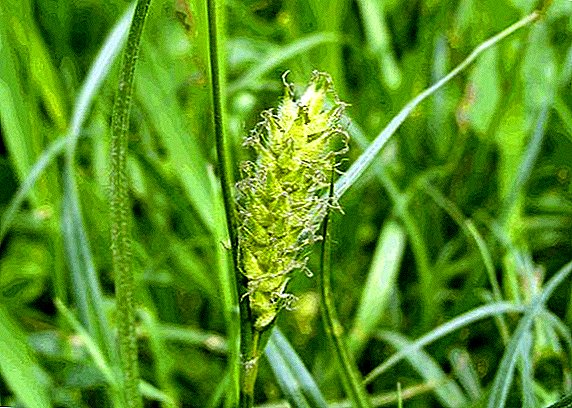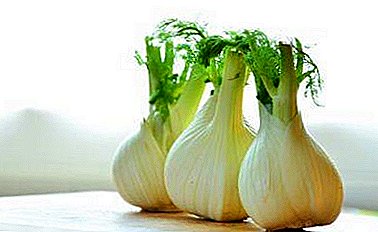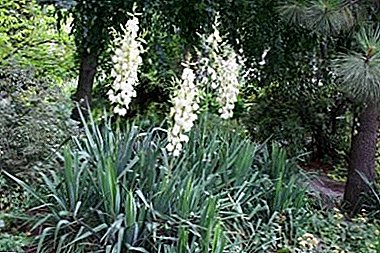
Yukka Filamentoza (filamentous) - evergreen shrub with flowers of delicate shades. Wild in the Americas, this "false palm" is popular with gardeners in the Moscow region and central Russia.
In Russia, this plant is often referred to as "Yucca garden", because it is more suitable for cultivation in gardens than at home.
Homeland and features
Flowering plants of this kind grow and multiply. in soils of various types in a humid or warm climate. Homeland of yucca filamentous recognized south-eastern United States and Mexico.
The leaves, roots, and fruits of the shrub were widely used by various American Indian tribes for various purposes. The plant extract was used for the preparation of sleeping pills and sedatives. An ointment was prepared from the root to help with sprains and skin lesions.
The roots Yuccas contain saponins - substances with surface-active properties - which allowed the Indians to use crumpled root as soap.
In the leaves This particular type of yucca contains very strong fibrous substances, which allows the plant to be used in the production of rope cords. In the United States, fiber-leaf denim factories are added to cotton.
This video tells about the healing properties of Yukka Filamentoza.
//youtu.be/6jlHmgi9oqU
Comfortable environment
Yucca Filamentoza fine adapted to growing in hot and dry areas. In the wild, the plant is found in dry and sandy soils, it can be found on the roadsides, in the coastal zone or on rocky cliffs. It can also grow in rocky soil.
Appearance
Yucca filamentous - perennial evergreen shrubwhich has a thick and long trunk, which is completely underground. Gray-green basal leaves with a length of 30 to 80 cm grow from the outlet.
Leaves dense, rigid, long, sword-shaped, pointed at the ends, 2 to 4 cm wide. Threadlike fibers hang from the edges of the leaves, due to which this false palm tree got its name.
Bloom
Yucca filamentous flowering usually occurs late spring and summer months. The flowers hang loosely in clusters from a single stalk growing out of a rosette. The length of the peduncle can reach 4 meters.
Gorgeous Yucca Flowers Filamentoses immediately attract the eyes: they have the shape of a bell with wide oval petals and a corolus diameter from 5 to 8 cm. The shades of flowers vary from creamy white to pale yellow or greenish.
Photos of flowering Yucca filamentous.



Care
Yucca filamentoza as an ornamental plant is often found in Russia. it popular plant for creating interesting landscape designit looks favorably along the borders and fences and provides lawns with a riot of greenery. Spectacular, pointed leaves and large flowers attract the eye.
As a houseplant, yucca can be grown in pots, but the size of the shrub will be significantly smaller. Pruning plants of the genus Yucca is usually not produced.
Lighting
False palm Yucca - plant photophilous. This shrub feels great in the open sun or in the shade. When cultivating at home, the pot with the plant is best placed in a sunny place.
In case of insufficient lighting, the homemade yucca filamentous will not have abundant foliage.
Potted plants in the warm season is recommended to carry more often to the open air.
Temperature
Yucca - southern beauty, accustomed to high temperatures and drought. Ornamental species of yucca are cultivated in different climatic conditions, and garden plants resist even the cold Russian winter. So that the yucca does not lose a single leaflet, the plant is covered for the winter. Comfortable temperature for breeding yucca at home - 18 - 24C.
Watering
 All types of yucca are not very fond of moisture, so plenty of watering is not required. The soil should remain slightly wet.
All types of yucca are not very fond of moisture, so plenty of watering is not required. The soil should remain slightly wet.
Watching the leavesIt is easy to determine whether watering is required or not. If the leaves are straightened, and the strings are twisted around the edges and resemble curls, then the plant is comfortable. If there is a folding of the sheet and sagging of the threads, the yucca requires watering.
Shrubs growing indoors also water moderately. No water should accumulate in the pan - It is detrimental to the root system, which begins to rot with an excess of moisture.
Breeding
Reproduction occurs seed distribution, by root shoots, or by planting root cuttings. In their natural habitat, seeds ripen in boxes and can be sown in open ground in rows or randomly, to a depth of 1-2 cm.
Decorative species of yucca in Russia do not bear fruit, as unique insects pollinating flowers do not live here.
Reproduction root cuttings carried out in early spring. It is better to separate the cuttings from the root when the soil is slightly wet. For this procedure, it is better to choose a strong mature bush. Around the selected escape need to carefully dig up the ground, carefully releasing the plant from the soil with the root.
After cutting off several healthy sections of the root, the plant should be placed back into the ground, tamped and watered a little. Root cuttings are first placed in a pot filled with garden soil (it is better not to use ready-made mixtures for plants) and leave in a warm, bright place. After germination, young shoots can be planted in open ground.
Video about Yucca Filamentoza: planting and care, flowering and reproduction.
//youtu.be/aw0JvNAVQyw
Pests
It is impossible to find a plant that would not be damaged by any kind of aphids, and yucca filamentous is no exception. Tlyuchitku can be seen on the peduncles and on the leaves - brown plaques are removed only by hand, pesticides against them are powerless.
everyday leaves need to be processed swab dipped in water, and once a week, wipe with an alcohol solution.
Diseases
 The leaves of yucca filamentosis can be susceptible to fungal infection, with the result that characteristic blotch appears. The main reason - abundant watering and high humidity.
The leaves of yucca filamentosis can be susceptible to fungal infection, with the result that characteristic blotch appears. The main reason - abundant watering and high humidity.
Excessive moisture may occur. leaf rotthat is also a fungal disease.
White rot develops with sudden changes in temperature under conditions of high humidity or at low air temperature. White bloom may form on the surface of the leaves and stem.
Against various types of fungus helps spraying with fungicides, removal of the affected parts of the plant and proper agrotechnology.
Yucca filamentoza is a good choice for creating effective garden design. This shrub adapts well to different conditions and does not require special care.
And here is another video about evergreen shrub Yucca filamentous.


